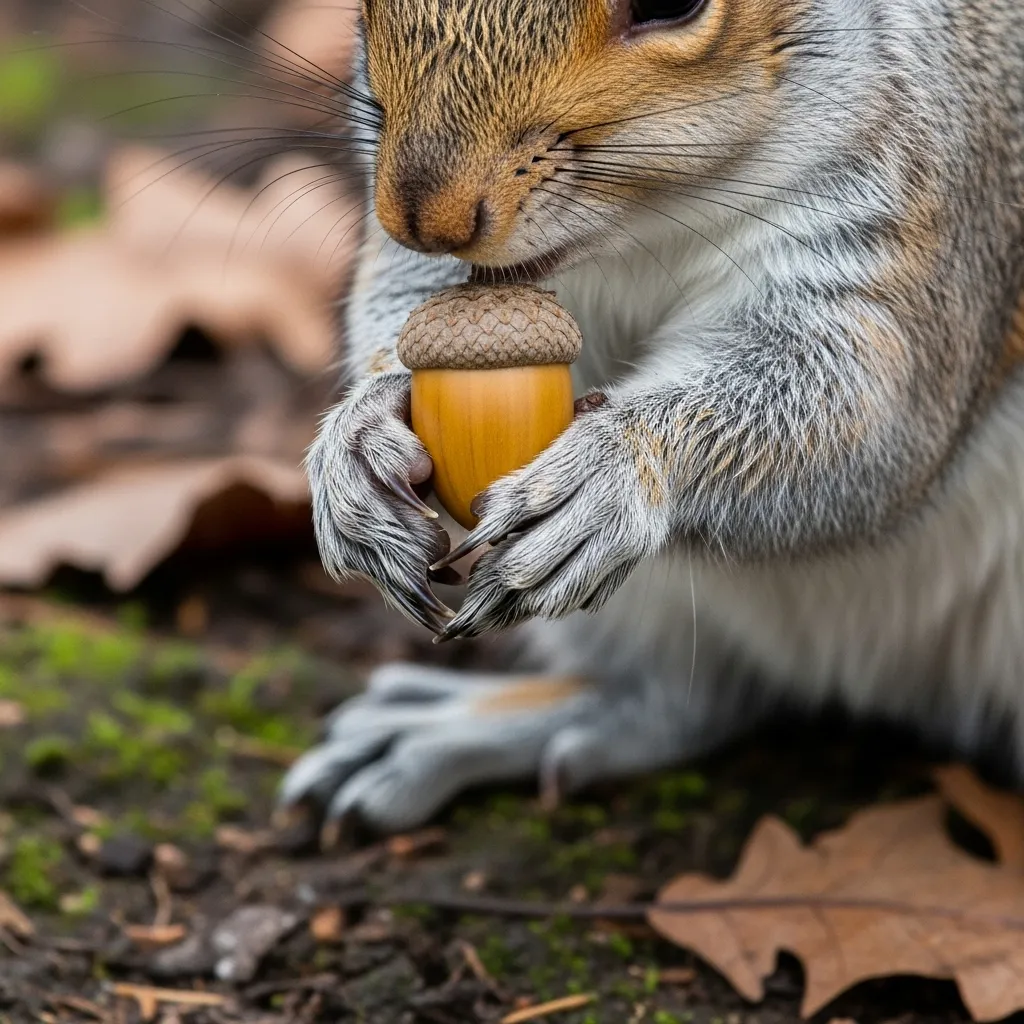
1. Their Memory is a Masterpiece of Deception and Design
One of the most common questions about squirrels is, “how do squirrels remember where they bury nuts?” The answer reveals a cognitive ability that rivals that of many birds and mammals celebrated for their intelligence. Squirrels are not just randomly burying their food; they are employing sophisticated mental mapping and memory strategies to survive the winter.
A single gray squirrel can bury several thousand nuts in a single season, a behavior known as “scatter-hoarding.” Unlike “larder-hoarding,” where an animal keeps all its food in one place (like a chipmunk’s burrow), scatter-hoarding spreads the risk. If another animal discovers one cache, the rest remain safe. To retrieve these scattered treasures months later, squirrels rely on highly developed spatial memory. They use landmarks—such as trees, rocks, and even human-made objects like fence posts—to create a detailed mental map of their territory.
Studies have shown that squirrels are not simply sniffing out their caches. While smell may play a minor role, especially at close range, the primary retrieval method is memory. They remember the specific locations relative to other objects. Researchers have observed squirrels heading directly to a cache site, even when the ground is covered in snow, demonstrating a clear reliance on cognitive mapping.
But their intelligence goes even further. Squirrels are aware that they are being watched. If a squirrel suspects another animal (or even a human) is observing it, it will engage in “deceptive caching.” It will go through the entire motion of digging a hole and covering it up, but without ever depositing the nut. It pretends to bury the food, then discreetly tucks the actual nut into its mouth and scurries away to find a more private location. This complex behavior suggests a “theory of mind”—the ability to understand that other individuals have their own intentions and knowledge—which is a sign of advanced cognition.
This remarkable memory is supported by a relatively large brain-to-body size ratio for a rodent, with a well-developed hippocampus, the region of the brain associated with spatial memory. So, the next time you see a squirrel digging, remember you are watching a master strategist at work, executing a complex plan of survival built on memory and cunning.















